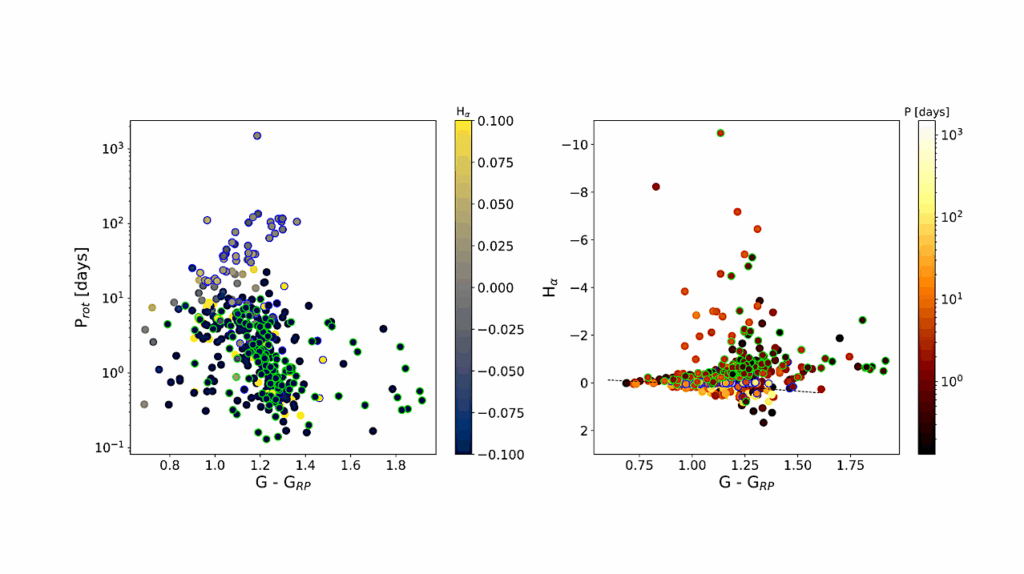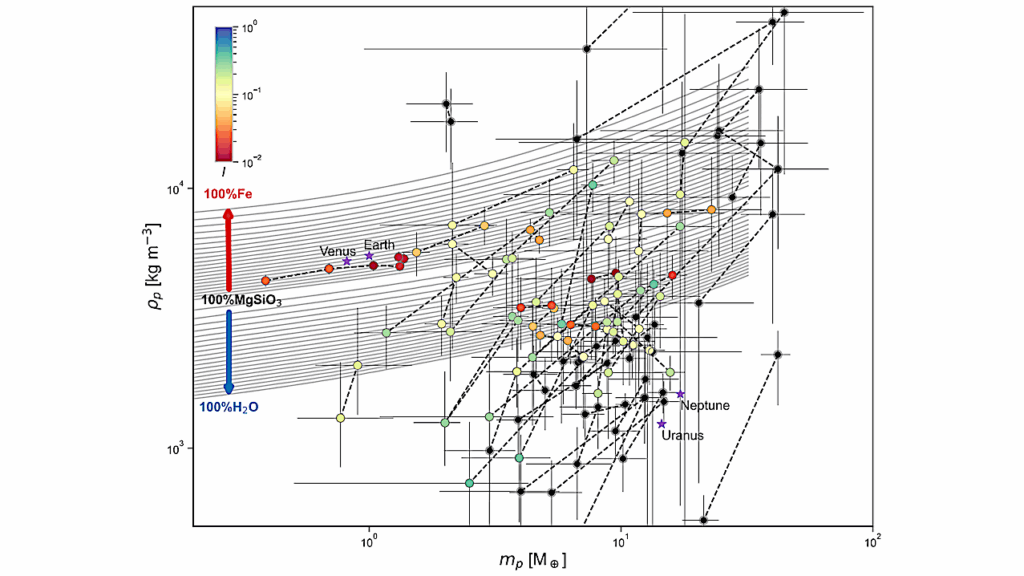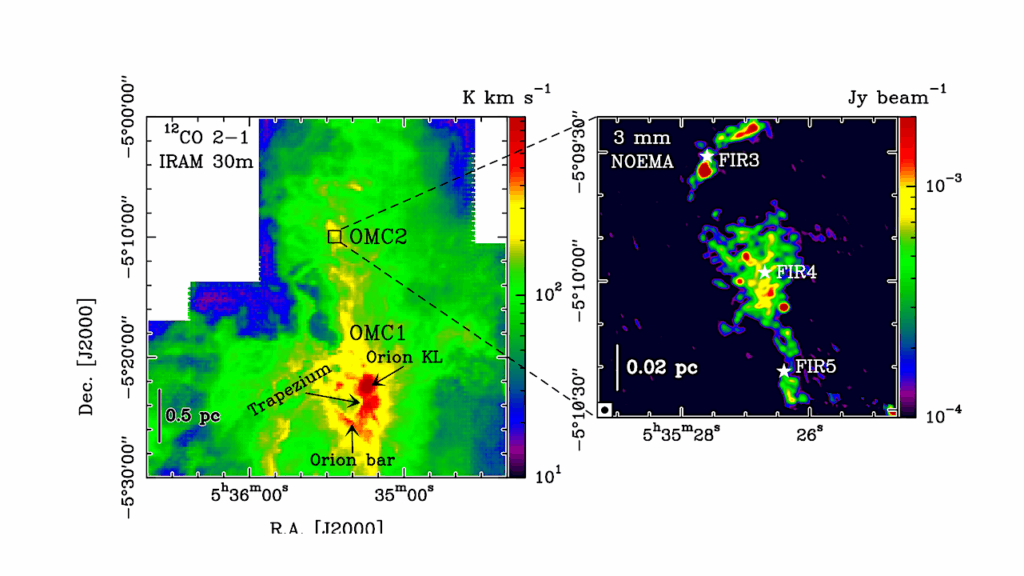Cool And Data-Driven: An Exploration Of Optical Cool Dwarf Chemistry With Both Data-Driven And Physical Models

Detailed chemical studies of F/G/K — or Solar-type — stars have long been routine in stellar astrophysics, enabling studies in both Galactic chemodynamics, and exoplanet demographics.
However, similar understanding of the chemistry of M and late-K dwarfs — the most common stars in the Galaxy — has been greatly hampered both observationally and theoretically by the complex molecular chemistry of their atmospheres. Here we present a new implementation of the data-driven \textit{Cannon} model, modelling Teff, logg, [Fe/H], and [Ti/Fe] trained on low-medium resolution optical spectra (4000−7000 angstrom) from 103 cool dwarf benchmarks.
Alongside this, we also investigate the sensitivity of optical wavelengths to various atomic and molecular species using both data-driven and theoretical means via a custom grid of MARCS synthetic spectra, and make recommendations for where MARCS struggles to reproduce cool dwarf fluxes.
Under leave-one-out cross-validation, our Cannon model is capable of recovering Teff, logg, [Fe/H], and [Ti/Fe] with precisions of 1.4\%, ±0.04dex, ±0.10dex, and ±0.06dex respectively, with the recovery of [Ti/Fe] pointing to the as-yet mostly untapped potential of exploiting the abundant — but complex — chemical information within optical spectra of cool stars.
Adam D. Rains, Thomas Nordlander, Stephanie Monty, Andrew R. Casey, Bárbara Rojas-Ayala, Maruša Žerjal, Michael J. Ireland, Luca Casagrande, Madeleine McKenzie
Comments: 24 pages, 14 figures, 4 tables. Accepted for publication in MNRAS
Subjects: Solar and Stellar Astrophysics (astro-ph.SR); Earth and Planetary Astrophysics (astro-ph.EP); Astrophysics of Galaxies (astro-ph.GA)
Cite as: arXiv:2402.14639 [astro-ph.SR] (or arXiv:2402.14639v1 [astro-ph.SR] for this version)
Related DOI:
https://doi.org/10.1093/mnras/stae560
Focus to learn more
Submission history
From: Adam Rains
[v1] Thu, 22 Feb 2024 15:36:39 UTC (12,326 KB)
https://arxiv.org/abs/2402.14639
Astrobiology,








